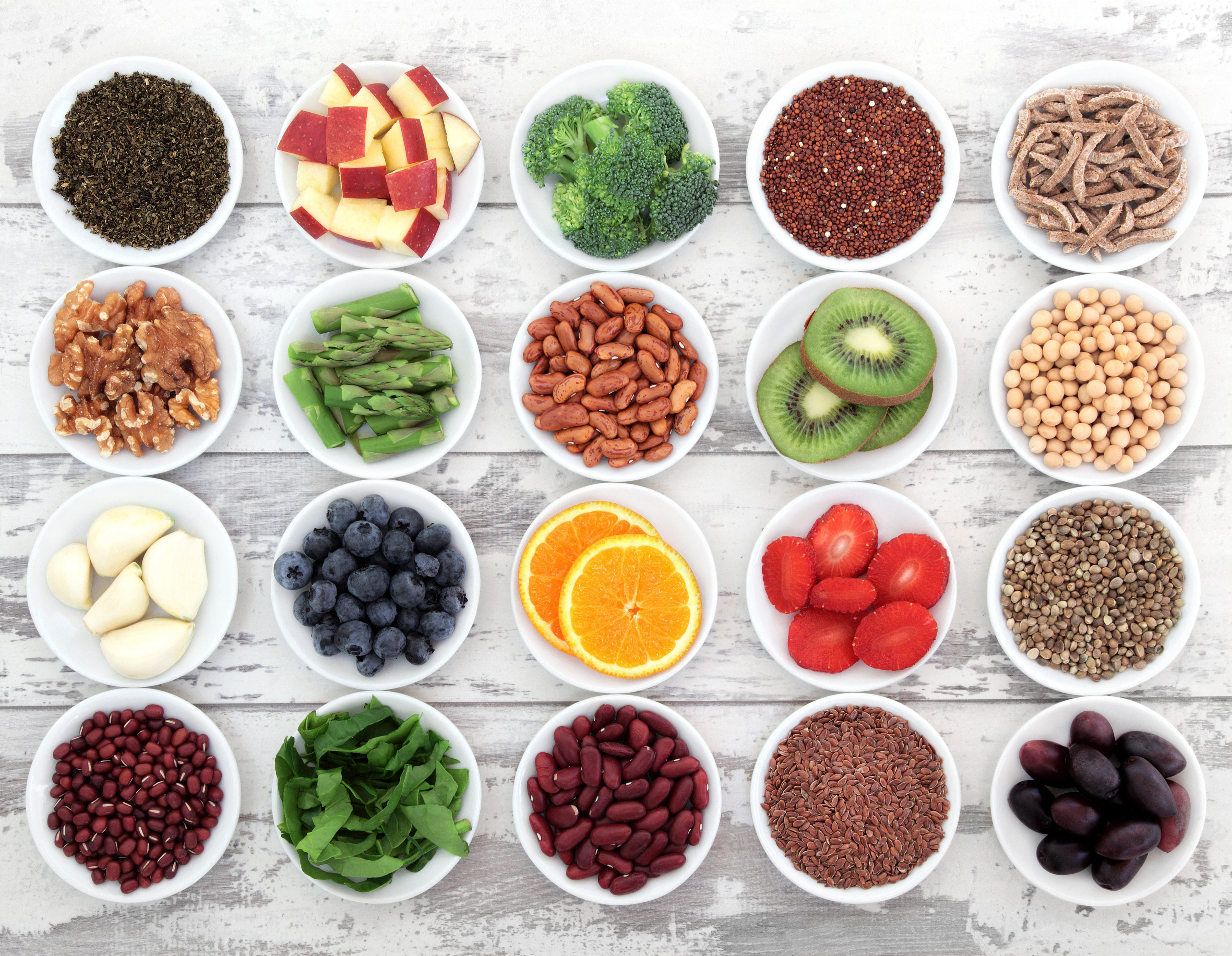It’s October, and it’s scarecrow month! Therefore, it was not a surprise when we started seeing publicity about a study that erects a straw man, only to knock it down. Or, should I say, a straw mouse?
A group of Swedish researchers performed a study that used two antioxidants in studying mouse tumors. The antioxidants were n-acetyl cysteine (often called NAC) and a water-soluble form of vitamin E called Trolox. NAC is a drug used for a number of situations, including acetaminophen overdose, diseases that produce excessively thick mucus, interstitial lung disease and some other conditions. It is known to have an antioxidant effect and is often used as an antioxidant in lab studies. It’s also available as a dietary supplement. Trolox is not used in any human diseases, but is also used in lab studies as a substitute for vitamin E that is easier to work with.
Mice that had melanoma and were given NAC had more lymph node metastases than control mice that were not, although their primary tumors did not differ in size or number. Both NAC and Trolox gave mouse melanoma cells properties that made them more invasive, and both of them increased levels of reduced glutathione in the melanoma cells.
Glutathione is an antioxidant that is made inside our cells, and there are definitely concerns with some of our internal antioxidants. They do seem to promote tumor growth or cell proliferation in some cell lines. Glutathione exists in two forms – reduced, which means it’s ready to eliminate free radicals, and oxidized, which means it’s already combined with a free radical and has to unload it before it can capture another one. So NAC increases the antioxidant capacity of glutathione. We know from many other studies that the body can use NAC to make reduced glutathione, so this is no surprise. Because of other studies indicating that increasing levels of glutathione inside cells may cause problems, we approach glutathione-boosting therapies with some caution at the Block Center.
No integrative practitioners that I know of would recommend that cancer patients simply take high doses of a couple of antioxidants to treat their cancer, especially NAC and an artificial version of vitamin E. In fact, as I’ll discuss later, a large randomized clinical trial of NAC in cancer patients didn’t find that it either worsened or improved cancer outcomes. The Swedish study does, however, extend our knowledge of problems that high levels of glutathione can cause. Of course, the researchers then go on to extend the results of this study and warn cancer patients about taking any antioxidant supplements – although, thankfully, they did tell the media that fruits and vegetables in the diet are acceptable. Press coverage, however, has stressed a generalized anti-supplement side of the story.
But what about this question of antioxidants for cancer patients? What does other research say about it? As I mentioned, there have been some clinical trials of NAC in cancer patients. Some of them have involved using NAC to counteract side effects of the high-dose chemotherapy regimens used to prepare leukemia patients for bone marrow transplants, but these don’t involve long enough exposure to NAC to be relevant. A particularly interesting randomized study, published in 2000, gave NAC (600 mg/day), vitamin A or no supplements to more than 2500 patients with head and neck cancer or lung cancer, to see if these antioxidants could treat cancer. There were no significant differences in survival among any of the groups. The antioxidants couldn’t treat cancer, but they didn’t make it worse. Studies like this are one of the reasons that we have long believed that the idea of treating cancer patients with a single antioxidant supplement was pointless.
There was also a clinical trial published in 2007 of the antioxidant coenzyme Q10 given to early-stage melanoma patients being treated with interferon (an immune therapy) for three years. Compared to the non-supplemented group, the Co-Q10 group had a significantly lower rate of recurrences after five years of follow-up. Not an indication that raises our level of concern for antioxidant supplementation in melanoma patients!
So, if one or two antioxidants alone aren’t optimal for cancer patients, what does the research say about antioxidant multivitamins? And what do we recommend to our patients regarding the use of antioxidants? We’ll address these questions in Part 2 of this blog.


